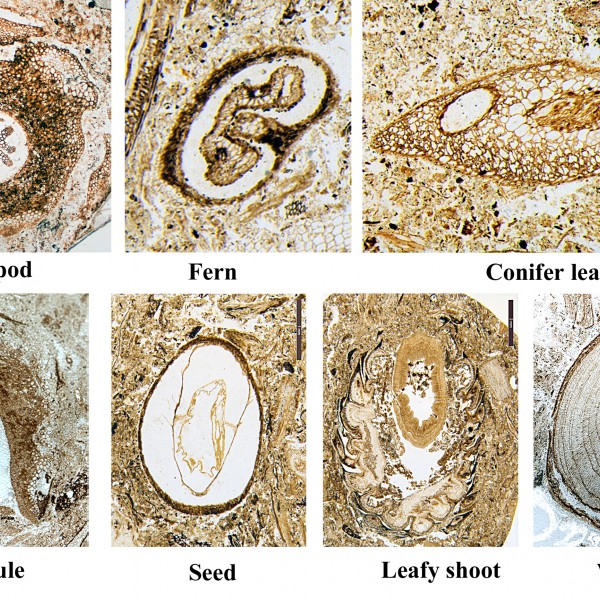
x (COVID-19 Cancelled) x Reconstructing Fossil Plants from the Early Cretaceous of China 2020
Microscopy Lab
Paleobotany, Labwork, Plant Systematics, Plant Anatomy, Plant Morphology, 3D Plant Reconstructions
Approximately
130 million years ago in what today occupies the extensive dry grasslands of
Inner Mongolia (China), vast swamps and rivers molded the Early Cretaceous
landscape. These ancient Inner Mongolia landscapes were occasionally
interrupted by volcanic events that provided large amounts of silica that
ultimately resulted in the preservation of plant material, known as
“permineralized chert horizons.” The new chert horizons were discovered
recently and provide a unique opportunity to reconstruct the paleovegetation
that flourished in Inner Mongolia during the Cretaceous time. So far, we have
identified conifers (cones, seed, leaves), ginkgo-like plants, ferns, roots,
wood, and other unknown plant structures. These Chinese fossils are significant
because they provide new data for the understanding of seed plant evolution,
especially conifers and other extinct plants.




